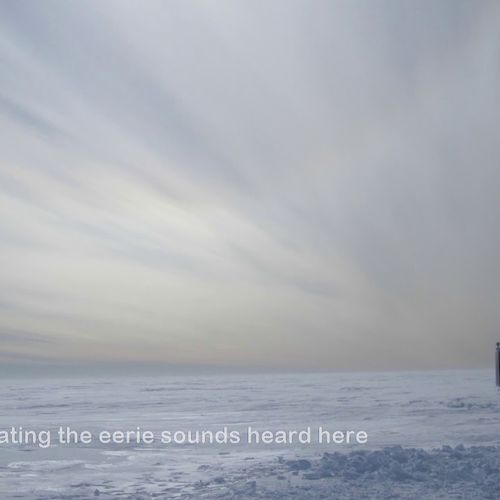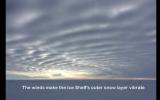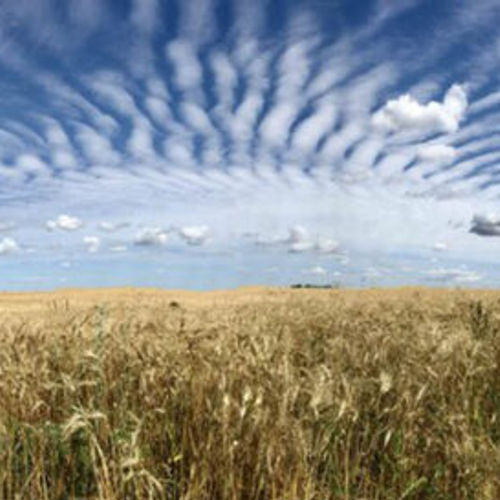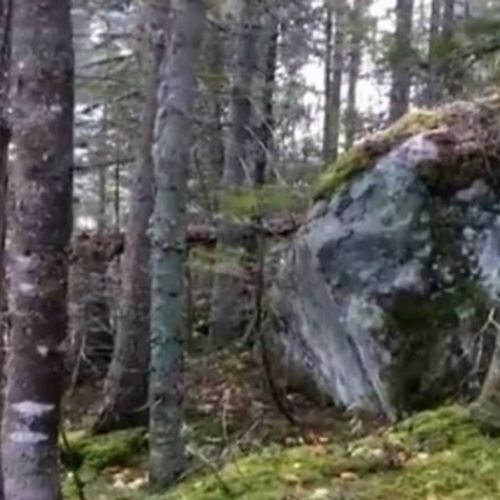
| Added | Thu, 18/10/2018 |
| Источники | |
| Дата публикации | Thu, 18/10/2018
|
| Версии |
Scientists call it "singing", but our hearing is produced by the Antarctic glacier sounds more like the soundtrack to the denouement of some horror movie. Researchers from the American geophysical Union, recorded this creepy buzz, saying that it is created as a result of loud vibrations. Those, in turn, appear under the influence of strong winds that blow across the icy dunes of the shelf.
About the study wrote in the journal Geophysical Research Letters. Geophysicist and mathematician Julien Chaput of Colorado state University says that rumble has too low frequency to be able to hear naturally, so scientists have recorded and sped it up to 1200 times. Want to hear the sounds of Antarctica? Enjoy.
Of course, the main purpose of Chaput and his team was not in the record, a creepy soundtrack for a horror movie. Scientists are conducting a study of the physical properties of the Ross ice shelf, the largest floating piece of the Antarctic ice sheet covers an area somewhat less than Spain.
With the rise in average global temperature is the destruction of the Antarctic ice shelves. To understand which forces are taking part in it, Chaput and his colleagues found under a snow hat, which lies on the surface of the Ross ice shelf, 34 seismic sensor. Using these sensors with the end of 2014 and early 2017 the monitoring was carried out internal structural changes shelf. When the scientists analyzed the collected data, they found that the snow cap covering the glacier and is called the firn layer (comprised of densely Packed, granular recrystallized and partly multi-year snow) is in constant motion due to the impact of surface winds.
"We found that the shelf under the influence of strong winds that blow across the icy dunes, is responsible for this constant "singing" with a frequency of five or more cycles per second," says Chaput.
Scientists also note that changing the wind force (e.g. due to storms), as well as temperature changes affect not only the vibration of the snow layer, but also on key seismic rumble.
"The change of wind speed or temperature affect strength and tone vibration, destroying the ice dunes. These two forces are responsible for "singing" shelf," explains Chaput.
According to scientists, the study of the characteristics of these vibrations can help them to better understand how glaciers respond to global temperature changes.
Translated by «Yandex.Translator»
Новости со схожими версиями
Log in or register to post comments











